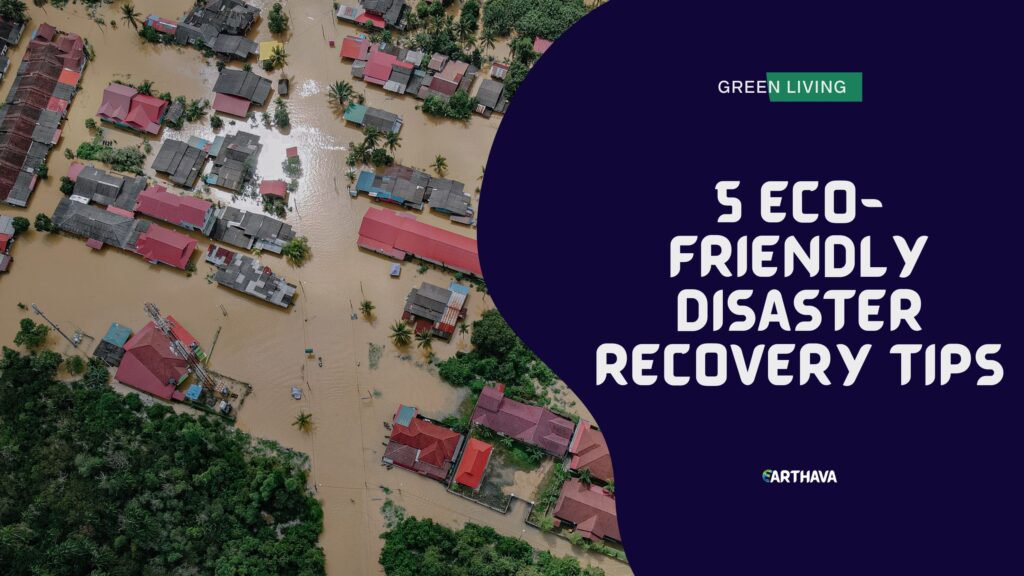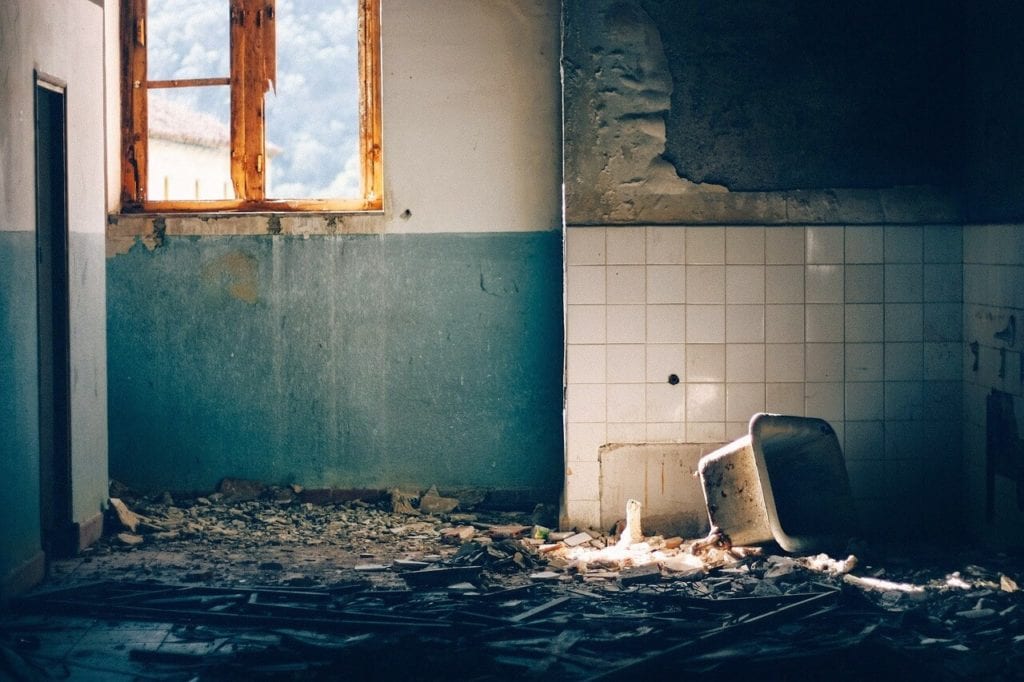The World Health Organization defines a natural disaster as “an act of nature of such magnitude as to create a catastrophic situation in which the day-to-day patterns of life are suddenly disrupted and people are plunged into helplessness and suffering.”

The large-scale effects of a natural disaster can create crises as public officials — even with all of the resources they have available — struggle to manage the fallout of each situation. As we become ever-more aware of climate change and extreme weather events, public health officials are trying to manage public health problems sustainably and proactively. However, what is often lost in the catastrophic statistics and news reports is the individual struggles that countless people go through in order to recover within their personal lives.
Picking up the broken pieces of a life shattered by the increasing number of natural disasters that humanity faces every year can be an intimidating struggle — especially when one desires to continue to be environmentally conscious as they rebuild their damaged lives. With that said, here are some tips and considerations to help eco-conscious victims of natural disasters get back up on their feet with minimal impact on the environment.
Financial Recovery From a Natural Disaster

One initial step that should always be taken after a natural disaster strikes is checking with your insurance to see what damages your policy covers. Most natural disasters are covered by home insurance and can be an excellent way to fund rebuilding projects without having to take a major monetary hit.
However, if you find your home insurance will not cover certain damages, there are several other options that can help temporarily relieve the financial strain. If you have a supportive network of family and friends, you may want to consider starting a crowdfunding effort or asking for hands-on help with the cleanup and repairs.
Another option is to take out a short-term loan to help you stay afloat during the event’s immediate aftermath. However, be careful to keep track of the long-term repercussions of the loan, along with any additional sums that you might borrow as you go along. You want to avoid a scenario where you’ve dug yourself into a deep financial hole once the initial dust of your recovery efforts has settled.
Finally, it can be beneficial to look for government credits and incentives as you go about choosing where to spend your money. For example, solar incentives like the Federal Solar Tax Credit allow you to write off as much as 30% of the costs of installing new, qualifying solar-powered energy alternatives.
Don’t Compromise When You Can Help It
While surviving the early days of a natural disaster can be extremely difficult, try to avoid things like purchasing large packs of plastic water bottles if you have access to alternatives.
Instead, if you have the opportunity, fill the bathtub, toilet, and any other non-disposable container with water. If the container is clean, it can be used for drinking. Other receptacles can be used for things like flushing the toilet (in the event that public water or other services become unavailable at any point during the recovery process). It can also be helpful to look for something as simple as a LifeStraw portable water filter or, if you have time to prepare beforehand, opt for a larger water filtration system.
Consider Energy-Efficient Replacements
When a natural disaster leads to the irreparable loss of appliances or serious damage to portions of your home, it can be the perfect opportunity to capitalize on the misfortune and ultimately turn it into a positive for both yourself and the Earth.
For example, if an old oil furnace breaks during a flood, consider replacing it with a newer, energy-efficient model. According to the Department of Energy, a switch of this nature can increase the efficiency of your heating dramatically. The efficiency of old models is often as low as 56%, while newer ones can go as high as 98.5%. This change will positively impact both the climate and your checkbook over the long term.
Another eco-conscious improvement that can easily be introduced to your home while making repairs is a rainwater collection system. This can allow you to do things like water gardens, flush toilets, and even do laundry without using public water.
Be Mindful, Take Notes, and Learn from Mistakes
Finally, it’s important, especially in areas where natural disasters are a regular threat, to be mindful and take notes as you go through the restoration process to prevent unnecessary damage from future disasters. Not only does this help preserve your home and prevent future recovery costs, but it also avoids the waste created when things like energy-efficient appliances or housing elements are ruined prematurely due to a disaster.
Rebuilding Your Future
As you go about rebuilding from the devastating loss of a natural disaster, remember to strive to be sustainable as you go along. It’s difficult to maintain perspective in challenging moments, but the truth is that being sensitive to climate change and avoiding unnecessary solutions that harm the environment can not only provide peace of mind for yourself, it can also actively help prevent future crises from happening. Take the California wildfire issue, for example.
One of the clearest — and one of the only long-term — solutions to the problem of widespread forest fires is addressing climate change via solar electricity usage and less pollution to prevent the destructive events from happening so often. Regardless of the specific scenario, though, doing your homework and being thoughtful as you go about the recovery and rebuilding process is a worthy cause and one well worth the effort.






